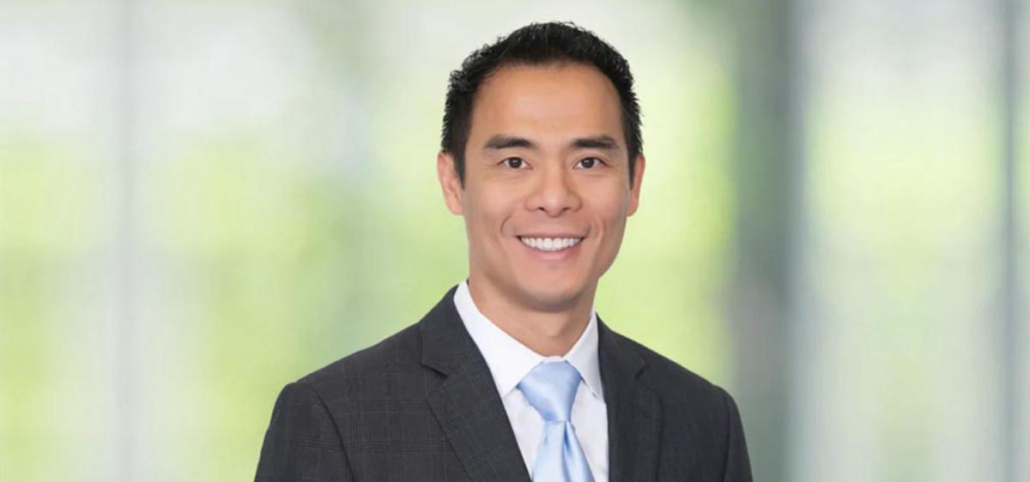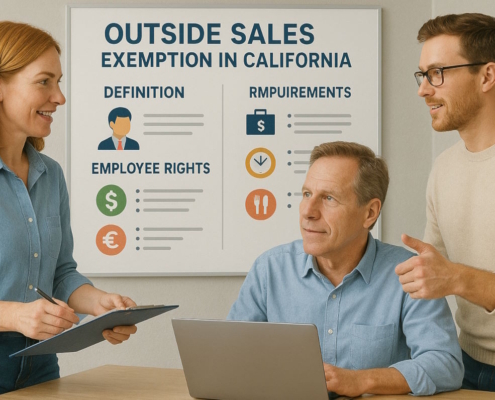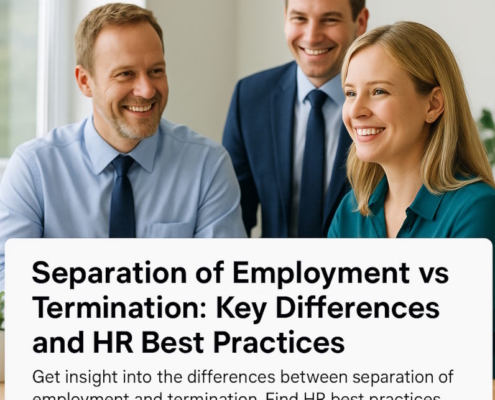Introduction
The minimum leave was raised from 24 to 40 hours annually as part of the new California PSL (paid sick leave) law, which went into full force at the beginning of 2024.
Through the unpacking of eligibility standards, workforce commitments, and other current legislative requirements, this article will help California companies stay in compliance.
The PSL statute in California (2025)
Prior rules were altered by the recent paid sick leave legislation in California which went into effect in early 2024. Employees now have the legal right to a minimum of 40 hours (5 full working days) of paid time off for illness annually under the recent legislation, which is an increase over the previous 24-hour limit.
Workers can access the full PSL sum at the start of the specified period or accrue PSL progressively (one hour for every thirty hours performed is the normal accrual technique). In any case, by the 120th working day of employment, workers must be able to take a minimum of 24 hours under the new California paid sick leave 2025 regulations.
Employers risk legal action if they refuse California workers their minimum paid sick leave.
Cities in California that pay more for sick leave
The cities listed below provide more PSL (paid sick leave) than is mandated by state law:
- Los Angeles: Six-day, 48-hour PSL each year
- Berkeley: Companies with fewer than 25 workers are required to offer 48 hours of paid time off each year, while those with more than twenty-five workers are required to offer 72 hours.
- Emeryville: Businesses with fewer than 55 workers are required to offer 48 hours of paid time off annually, or 72 hours when they employ over 55 people.
- Oakland: Companies with fewer than ten workers are required to offer 40 hours of paid time off each year, or 72 hours when they have ten or more workers.
- San Francisco: Companies with fewer than ten workers are required to offer 48 hours of paid time off per year, or 72 hours when they have ten or more workers.
- Santa Monica: Businesses with more than 25 staff members must give 72 hours of PSL per year, while companies with less than 25 employees must supply 40 hours.
California’s eligibility for sick leave
The majority of full-time, part-time, & temporary employees are entitled to leave as per the California paid sick leave 2025 rules. Seasonal workers are not exempt in some circumstances.
PSL benefits are given to employees if they:
- Have worked for a company for more than 30 days in a year.
- Have finished the first ninety days of waiting, during which time absences are prohibited.
Seasonal workers are not instantly eligible for PSL, but they are not required to labor for 90 days in a row to be eligible. They can keep earning paid sick leaves based on their prior accruals if they work for 60 days, take a leave of absence, and then rejoin the same company during the same calendar year. However, like any new worker, an employee would begin accruing leave from the beginning if they were compensated for unclaimed sick leave at the time of their departure.
The recently passed PSL law does not apply to certain occupations. The following employees are exempt:
- Government employees: Certain public sector laws or collective bargaining agreements control their leave arrangements.
- US intelligence retirees: Because of the specifics of their jobs, they are subject to particular rules.
- Workers covered by collective bargaining agreements (CBAs) that qualify: Better PSL provisions are frequently established by CBAs and take precedence over state legislation.
- Railroad workers: PSL policies for railroad workers are governed by the Railway Labor Act.
What does California’s definition of sick leave include?
PSL is applicable in the following situations:
- Parental Illness
PSL can be used by staff members to take care of a sick parent. California’s PSL legislation, which permits employees to use paid time off for parents and other members of their immediate family, covers this entitlement as family caregiving.
- Illness of children
The rule is additionally applicable when a worker must care for a sick child, regardless of how serious the condition is—from a cold to hospitalization. Children in guardianship, stepchildren, and biological or adoptive children are all eligible.
- Health care prevention
Immunizations, health screenings, and routine exams are all part of preventive care. Employees may use PSL for themselves or their closest family members’ appointments under the recently passed California PSL statute.
- Appointments for evaluation and therapy
Surgery, lab work, chronic illness treatments, and doctor visits are all covered by California PSL.
- Medical care for injuries caused by domestic abuse
PSL can be used to tend to physical injuries brought on by abuse for workers who have experienced sexual assault, domestic violence, or stalking.
- Counseling for psychological issues
PSL is also applicable to mental health treatment. It might be utilized by staff members for psychological counseling or therapy sessions. Additionally, leave to support close family members coping with mental health issues or recuperating from traumatic experiences is covered.
How to provide your staff paid time off for illness
The following accrual techniques are available to California businesses that offer PSL.
- The method of statutory accrual
Based on the number of hours worked, employees can progressively accrue leaves using the accrual mechanism of California paid sick leave 2025 regulations. Employers must make sure workers earn a minimum of 40 hours or 5 days of paid leave for sickness annually in accordance with the recently implemented California PSL standards. This translates to one PSL hour for each thirty hours of labor.
No further PSL will be earned after an employee reaches 40 hours till some of the remaining balance has been utilized. PSL that is not used can be rolled over to the following year, although there is an accumulation cap. The annual accrual cap is eighty hours (ten days).
- Lump sum
Employees who use the lump sum technique can access all of their California paid sick leave 2025 without having to accumulate the hours over the course of time. Employees may be given access to the entire PSL at the start of the current contract year, or any other specified time frame.
This method’s salient features are:
- Availability of the full PSL: At the start of the specified time, employers are required to offer a minimum of 40 hours or 5 days of PSL.
- No accrual is necessary: Workers don’t have to accumulate leave hours in accordance with the number of hours they work; they can use the full PSL.
By doing away with the necessity of recording accrued rates, this lump amount approach streamlines compliance.
- Current PTO guidelines
PTO (Paid time off) may include paid sick leave, although it is usually utilized for vacation.
Employers who provide PTO (paid time off) programs are required under the recently passed California PSL laws to make sure that these plans comply with the mandatory sick leave criteria set forth by the state. This implies that workers must be eligible for at least 40 hours or 5 days of paid leave annually. If sick leave is paid for using paid time off, the accumulation rate must equal or surpass one hour of PSL for every thirty hours labored, with a maximum of eighty hours or ten days of leave per year.
Both limited as well as unlimited PTO plans must adhere to this criterion. Businesses meet their legal requirements as long as their approach meets or surpasses the required minimum.
What is the maximum amount of leave that employees are allowed to take under California paid sick leave 2025 regulations?
An employee’s type of work and hours worked determine how many paid sick days they can spend in a particular calendar year.
1. Full-time workers
Full-time workers who put in 40 hours per week may accumulate more paid sick leave than their annual allotment of 40 hours (five days). Nevertheless, based on their rules, employers may establish an accumulation limitation at eighty hours (ten days) annually or restrict the PSL to the mandatory 40 hours.
2. Part-time workers
PSL is accrued by part-time workers at the same proportion as full-time workers. The amount of hours they put in each week will determine how much PSL they are able to take annually.
For example, a 20-hour-per-week part-time worker usually accrues 33 weeks of paid time off each year. You can carry over any unclaimed paid leave to the next year.
3. Seasonal workers
After 60 days of employment, seasonal workers begin accruing paid sick leave. They continue to earn PSL depending on the number of hours worked, contributing to the already accrued leave, if they quit their job but return during the same year of employment.
4. Temporary employees
Like part-time or full-time employees, temporary workers must work for their employer for a minimum of 30 days and finish a 90-day work term before they are eligible for paid sick leave. They then meet the requirements for the regular PSL of at least forty hours or five days. Unused PSL may be rolled over to the following year, depending on the accrual cap, just like for other employees.
5. Factors and calculations
It’s essential to remember that after completing a 90-day period of waiting and earning sufficient hours, employees are eligible to use PSL. After accruing 40 hours, those using the accumulated method can begin using their PSL.
Let’s say a worker puts in 120 hours each month. In ten months, they will have forty hours of PSL that they may start using, which equates to 4 hours per month. Unused time is carried through to the next year, however, there is an 80-hour accumulation cap.
Employees using the lump-sum approach, however, get instant access to the entire PSL.
Employer obligations regarding sick leave notification
By educating workers regarding their PSL rights, possible conflicts, misunderstandings, and violations of applicable labor laws are avoided. Employers should follow these guidelines to keep everyone informed.
- Show the employee’s pay stub’s eligible paid sick leave balances
Pay stubs for employees must show the balance of paid sick leave, as mandated by law. Employees can monitor their PSL and openness is guaranteed. Additionally, it assists businesses in meeting state laws that mandate that employers notify workers of their paid time off. Last but not least, putting paid sick leave numbers on the employee’s pay stub helps prevent disagreements over whether or not they have earned enough PSL.
- Post the Division of Labor Standards Enforcement Poster for Paid Sick Leave at Work
A poster supplied by the DLSE (Division of Labor Standards Enforcement) ought to be prominently displayed in the workplace by employers. The poster helps the workers know their rights as it states the rights of the workers regarding paid sick leaves. It also protects the businesses against potential penalties due to failure to inform workers.
- Email the poster to employees who work remotely
In the event that a business additionally employs remote workers, the relevant data must be transmitted electronically. Remote workers should get the DLSE poster through email or put it up on the business’s website. Every employee needs to be aware of their PSL rights, regardless of where they work.
Manual tracking of time and attendance of employees is a lot of work and is subject to inaccuracies. Attendance software enables you to achieve higher productivity, ensuring compliance by automating the process according to the goals of your company.
FAQs
1. Can bosses refuse their workers sick days?
No, businesses cannot refuse sick leave to workers who meet the qualifying requirements and have collected the necessary number of sick days. Employers may be subject to fines under California law if they refuse to provide PSL benefits.
2. What distinguishes sick leave from paid time off?
The primary difference between sick leave and paid time off (PTO) in California lies in the process of accumulation of the period of time. As an illustration, PTO laws in California tend to combine personal days, sick days, and vacation days into a single bank, wherein workers can take the time off however they deem fit. However, sick leave is not used as a casual day off, but rather a medically necessary case and is protected by Paid Sick Leave laws, which clearly outline definite accrual rates & usage criteria.
3. Does California pay workers for sick days they don’t use?
Is sick leave compensated? Considering the new PSL rules in California, this is a frequently asked topic. There are two responses. First, when an employee is granted paid sick leave, they are still compensated for the time they would’ve worked while they were away for approved reasons.
However, unless the worker is a member of a bigger PTO plan, the company is not compelled to shell out the worker’s unclaimed paid sick days when they leave the firm. According to the business’s PTO policy, these days might have to be paid at termination.
4. How many sick days are allotted to part-timers under California paid sick leave 2025 regulations?
For part-time workers, paid sick days are accrued at the rate of one hour for every thirty hours of work. The amount they will earn is determined by the number of hours they put in each week. They still have the right to three days or a minimum of 24 hours of PSL per year.































